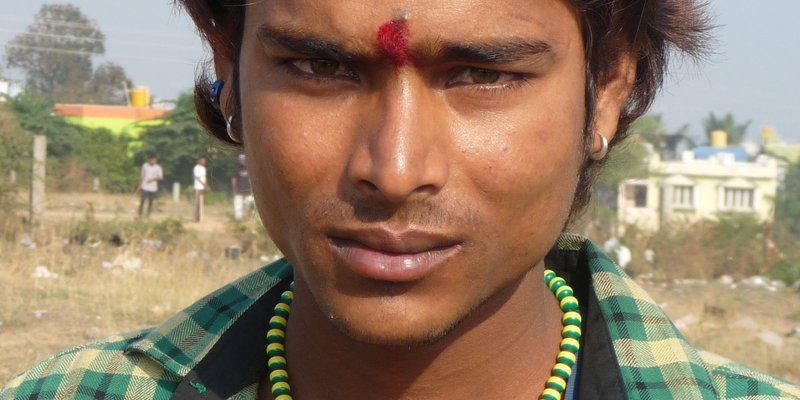
Imagine the pangolin as a character in a book, a secretive yet endearing figure who embodies the magic of nature. Its presence in myths and stories often reflects how people view and interact with the natural world. This article will take you on a journey to explore how the Indian pangolin features in culture and folklore, revealing the ways this shy creature has left a mark on human imagination.
Pangolin in Indian Folklore
Folklore serves as the voice of a community’s collective wisdom, often passing down stories from generation to generation. In India, the pangolin’s unique traits have inspired various tales. Some local legends show the pangolin as a protector of the forest, resembling a gentle guardian that shields the woodland from harm.
One interesting story revolves around a tribal community in central India. They believe that the pangolin, with its tough exterior, possesses the spirit of a warrior. When they see a pangolin, they’re reminded of bravery in overcoming life’s obstacles. This connection showcases a deep respect for wildlife, emphasizing the idea that animals possess spirits and wisdom that can guide humanity.
Additionally, in some regions, the pangolin is seen as a symbol of fertility and prosperity. The act of spotting one is said to bring good fortune, and its scales are sometimes used in traditional rituals to invoke blessings. This intertwining of animal symbolism with daily life illustrates how deeply rooted the pangolin is in cultural narratives.
Traditional Medicine and Pangolins
The Indian pangolin isn’t just a figure in stories; it also finds its way into traditional medicine systems, particularly in Ayurveda. Some communities believe that pangolin scales have healing properties. They use them in concoctions intended to treat ailments, ranging from skin conditions to digestive issues.
Honestly, it’s a bit of a mixed bag. While many cultures regard these practices with reverence, the increased demand for pangolin scales has led to alarming declines in their populations. Here’s the thing: as the pangolin becomes scarcer due to poaching and habitat loss, it highlights a critical conversation about conservation and ethical practices in medicine.
Activists and conservationists are working hard to educate communities about the importance of protecting these creatures. They’re promoting alternative medicinal practices that don’t rely on endangered species. This shift shows how culture can evolve, adapting to modern sensibilities while preserving the wisdom of the past.
Pangolin in Art and Literature
Art is another realm where the Indian pangolin has found a place. Artists often depict pangolins in paintings, sculptures, and crafts, celebrating their uniqueness. The intricate scales of this creature can inspire stunning artworks that resonate with themes of nature and protection.
In literature, pangolins occasionally pop up as whimsical characters in children’s stories. These tales often focus on their quirky behaviors—like rolling into a ball when threatened or their meticulous burrowing habits. Incorporating pangolins into children’s literature promotes awareness of biodiversity and encourages young readers to appreciate nature.
You might be wondering how these representations influence public perception. By placing the pangolin in art and stories, communities help to foster a connection between people and wildlife. This not only enriches local culture but also promotes a broader understanding of the need to protect these remarkable creatures.
Legends of the Pangolin
Across various cultures, legends and fables involving the pangolin abound, with each story reflecting unique values and lessons. One common theme is the idea of self-defense. These legends often portray the pangolin as a clever creature that uses its scales to deter predators. This narrative underlines qualities like resilience and intelligence, traits that resonate deeply with human experiences.
Some tales depict the pangolin as a wise old sage in the forest, teaching other animals about cooperation and harmony. These stories serve as moral lessons, encouraging communities to value wisdom and teamwork. By characterizing the pangolin this way, storytellers highlight the significance of caring for one another and working together for the common good.
These legends are vital in shaping societal values. They remind people of their responsibility to coexist peacefully with nature and inspire them to act as stewards of the environment. The pangolin, often overlooked as a simple animal, becomes a powerful symbol of community and resilience.
The Role of the Pangolin in Modern Conservation Efforts
As awareness of environmental issues grows, the Indian pangolin has become a focal point in conservation efforts. Many organizations are working tirelessly to protect this species from poaching and habitat destruction. These efforts are not just about preserving the pangolin, but also about maintaining the rich cultural heritage intertwined with it.
Community engagement plays a critical role in these conservation efforts. By involving local populations in protection strategies, organizations can create a sense of ownership and pride in preserving the pangolin. Educational programs emphasize its cultural significance and encourage sustainable practices that harmonize wildlife and human needs.
Moreover, art and storytelling are powerful tools in spreading awareness. Projects that include local artists and writers help reinforce the pangolin’s importance, creating a cultural narrative that values wildlife conservation. This innovative approach showcases how culture and conservation can work hand in hand, resulting in stronger protection for the species.
The Indian pangolin is more than just an intriguing animal; it’s a vital part of cultural folklore and environmental consciousness. From its representation in stories and arts to its significance in traditional medicine, the pangolin embodies a rich tapestry of human experience and understanding of nature.
As we continue to explore these narratives, we can gain insight into our relationship with the natural world. By celebrating the pangolin, we not only honor its place in folklore but also commit to protecting it for future generations. It’s a reminder that every creature has a story to tell, and protecting these stories means preserving the very essence of biodiversity. Embracing this connection can lead to a more harmonious existence with the world around us.

